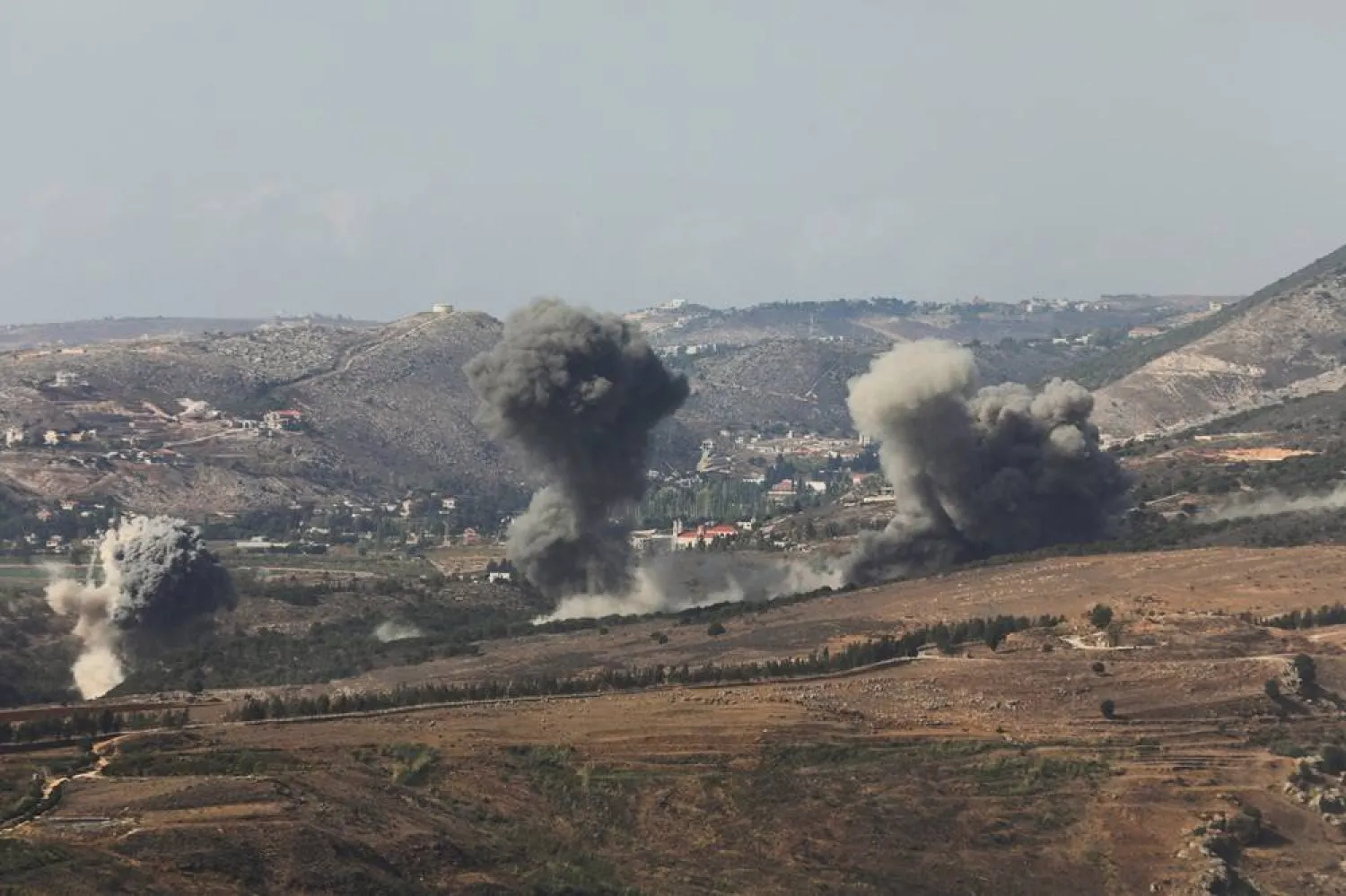The administration of US President Joe Biden has set five priorities in Syria, none of which call for the withdrawal of Iran, in contrast to the previous administration of President Donald Trump.
According to information obtained by Asharq Al-Awsat, the priorities discussed by American officials behind closed doors are keeping troops deployed in northeastern Syria until the defeat of the ISIS group; providing cross-border aid; maintaining the ceasefire; supporting efforts to hold human rights violators to account and abandoning weapons of mass destruction; pushing forward a political settlement based on United Nations Security Council resolution 2254. Washington is also keen on supporting the stability of Syria's neighbors, including Jordan and Israel.
These priorities were outlined by US Secretary of State Antony Blinken on the sidelines of the conference for the international coalition to defeat ISIS in June. Biden's team is expected to reiterate them when the coalition holds a second meeting in Brussels next month.
Meanwhile, earlier this week Blinken declared during a press conference with his Qatari counterpart Mohammed bin Abdulrahman Al Thani in Washington that the US continues to oppose the normalization of ties with Damascus.
"I would simply urge all of our partners to remember the crimes that the [Bashar] Assad regime has committed and indeed continues to commit. We don’t support normalization, and again, we would emphasize to our friends and partners to consider the signals that they’re sending," he said.
Application of priorities
The priorities are the culmination of efforts by the Biden administration since he was sworn in as president some ten months.
US Central Command commander Kenneth McKenzie had paid a secret visit to northeastern Syria in wake of the chaotic American troop withdrawal from Afghanistan in order to reassure Washington's Kurdish Syrian Democratic Forces (SDF) that the US will continue to remain deployed in the region east of the Euphrates River.
The US has also exerted pressure on Turkish President Recep Tayyip Erdogan against launching a new military operation along Turkey's border with Syria because it may distract from the fight against ISIS.
The overall impression is that American forces will remain in their positions until the end of Biden's term.
As for humanitarian files, Biden's Syria team has held dialogue with Russian President Vladimir's Putin's envoy to Syria to ensure that the relevant Security Council resolution on cross-border aid deliveries will be extended. Indeed, it was extended in July and US National Security Council’s coordinator for the Middle East, Brett McGurk, Russian deputy Foreign Minister Sergei Vershinin and the presidential envoy Alexander Lavrentiev met in Geneva this week to agree to extend it for another six months when it expires in early 2022.
On the diplomatic level, the Biden administration has continued to issue statements in support of a comprehensive ceasefire in Syria, the activation of the political process and carrying out constitutional reform in line with resolution 2254. Along with France and Britain, it has also encouraged the Syrian opposition to bring up rights violations committed by the regime.
In late July, the US Treasury issued a new list of sanctions against Syrian figures over human rights violations and ties to terrorism. Washington has also allowed exemptions from the Caesar Act that would allow the operation of the Arab Gas Pipeline from Egypt to Jordan to Syria and then to Lebanon. The exemption was granted on condition that Damascus would not benefit financially from the move or that the parties concerned would not deal with figures and entities that are on the sanctions list.
Iran... the elephant in the room
Apparently, the important elements in these priorities are issues that have not been mentioned, which are the goals that were set by the Trump administration.
Biden's team has yet to appoint an envoy to Syria like James Jeffrey and his predecessors. The file is still being mainly handled by McGurk, while the Defense and State Departments are no longer as involved in it as they were under Trump. It remains to be seen if this will still be the case when Barbara Leaf assumes her position in the State Department. Leaf is nominated as assistant secretary of state for Near Eastern affairs.
Moreover, the Biden team has not launched a diplomatic and political campaign with Arab countries to prevent them from normalizing ties with Damascus. American officials have so far informed Arab officials that the US does not encourage normalization and it will not take that step.
Furthermore, it believes that normalization should come at a price, significantly since the Caesar Act still stands.
"None of them have been told not to" speak with Assad by senior American officials, Jeffrey said this week. As a result, Arab leaders feel they have an implicit green light to strengthen ties with Assad’s regime.
This is not the only change. On the geopolitical level, there has been a significant shift in the declared stance on Iran's presence in Syria.
The Trump administration's Syria strategy was drafted by his Secretary of State Mike Pompeo, Jeffrey and others. It prioritized the defeat of ISIS; support for the implementation of resolution 2254; Iran's withdrawal from Syria; prevent the regime from using weapons of mass destruction and ridding it of chemical arms; and providing the necessary humanitarian aid to ease the suffering of Syrians in Syria and abroad.
The former administration had also set conditions for normalizing ties with Assad: Ending support to terrorism; ending support from the Iranian Revolutionary Guards and Hezbollah; refraining from threatening neighboring countries; abandoning weapons of mass destruction; the voluntary return of refugees and the displaced; and holding war criminals to account.
The administration had resorted to isolating Damascus - in coordination with its Arab and European allies - to implement its priorities in Syria. It also kept American troops deployed east of the Euphrates and at the al-Tanf base. It prevented Damascus from benefiting from strategic resources and imposed economic sanctions and introduced the Caesar Act. It stood against Arab or European normalization with Assad and provided intelligence and logistic support to Israeli raids in Syria and to Turkey's deployment in northwestern regions.
McGurk's appears to have a different approach that the former administration. He believes that the American goals must be aligned with its tools and ability to use these tools, as well as how willing Moscow is to work with this pressure.
The Biden team has been keen on preventing the collapse of the Iran nuclear negotiations and has held back from taking escalatory steps against it in Syria.
In an article to Foreign Policy in 2019, McGurk said the Arab countries will resume cooperation with Damascus. Washington's opposition to such a move will force the Arabs to carry out diplomacy behind Washington's back, so the best approach is for the US to draft a realistic agenda with its Arab partners. This includes encouraging them to condition renewing relations with Assad in exchange for trust-building measures from the regime.
The Biden team is expected to present its goals in Syria to Washington's partners on the sidelines of next month's international anti-ISIS coalition conference.









